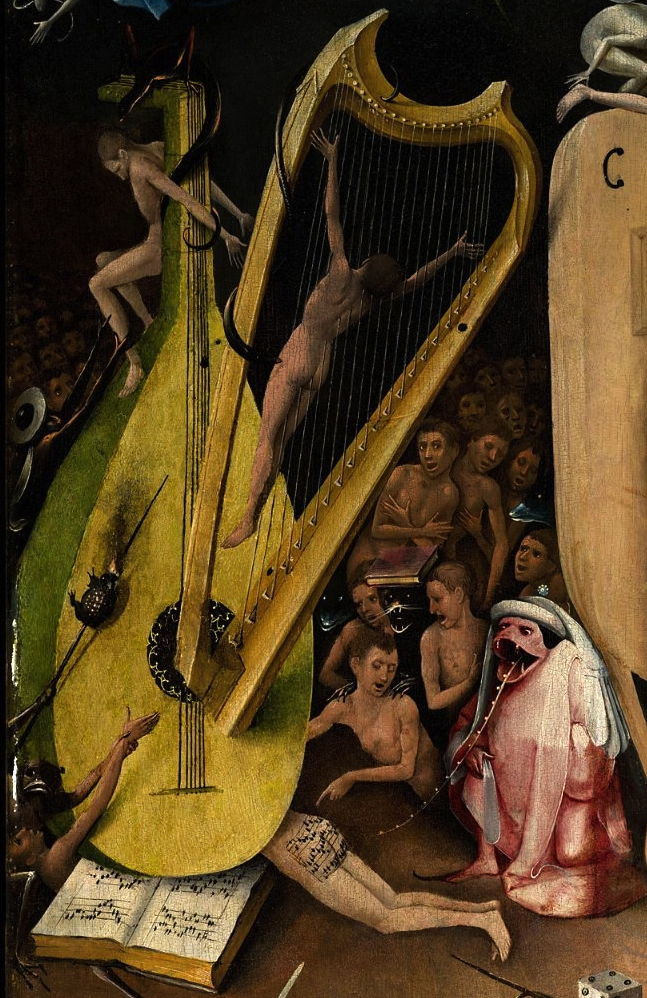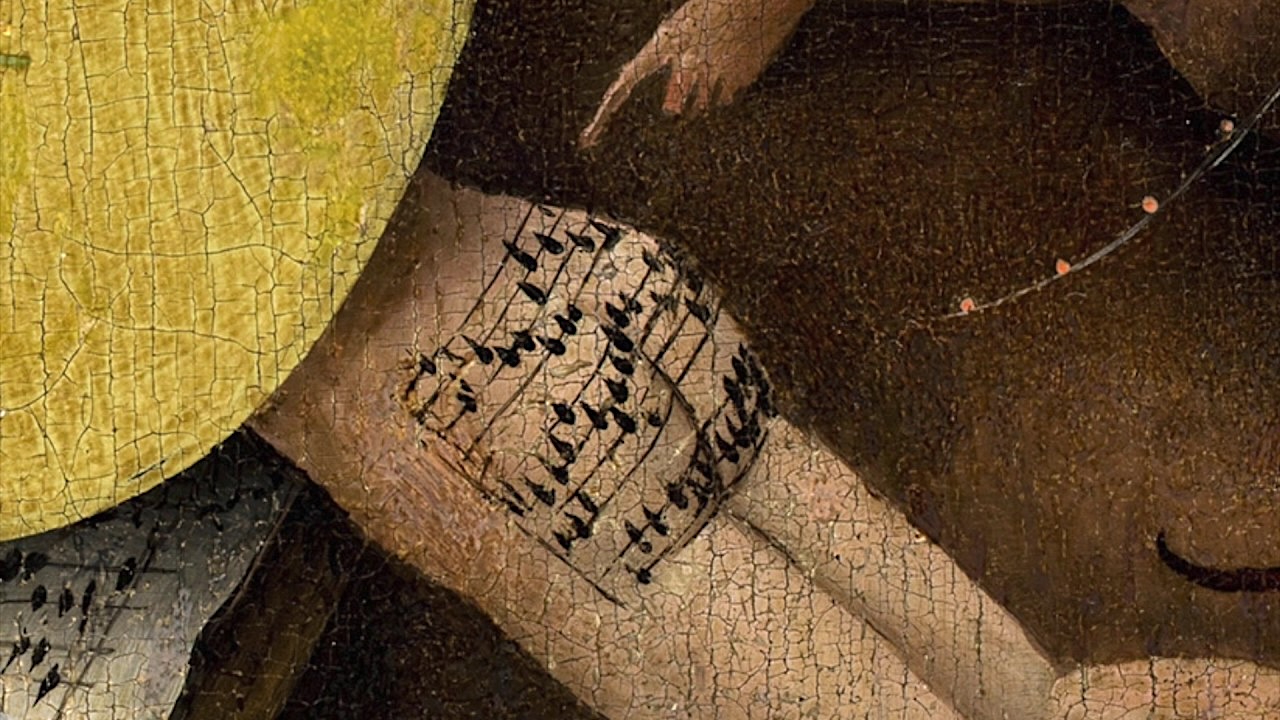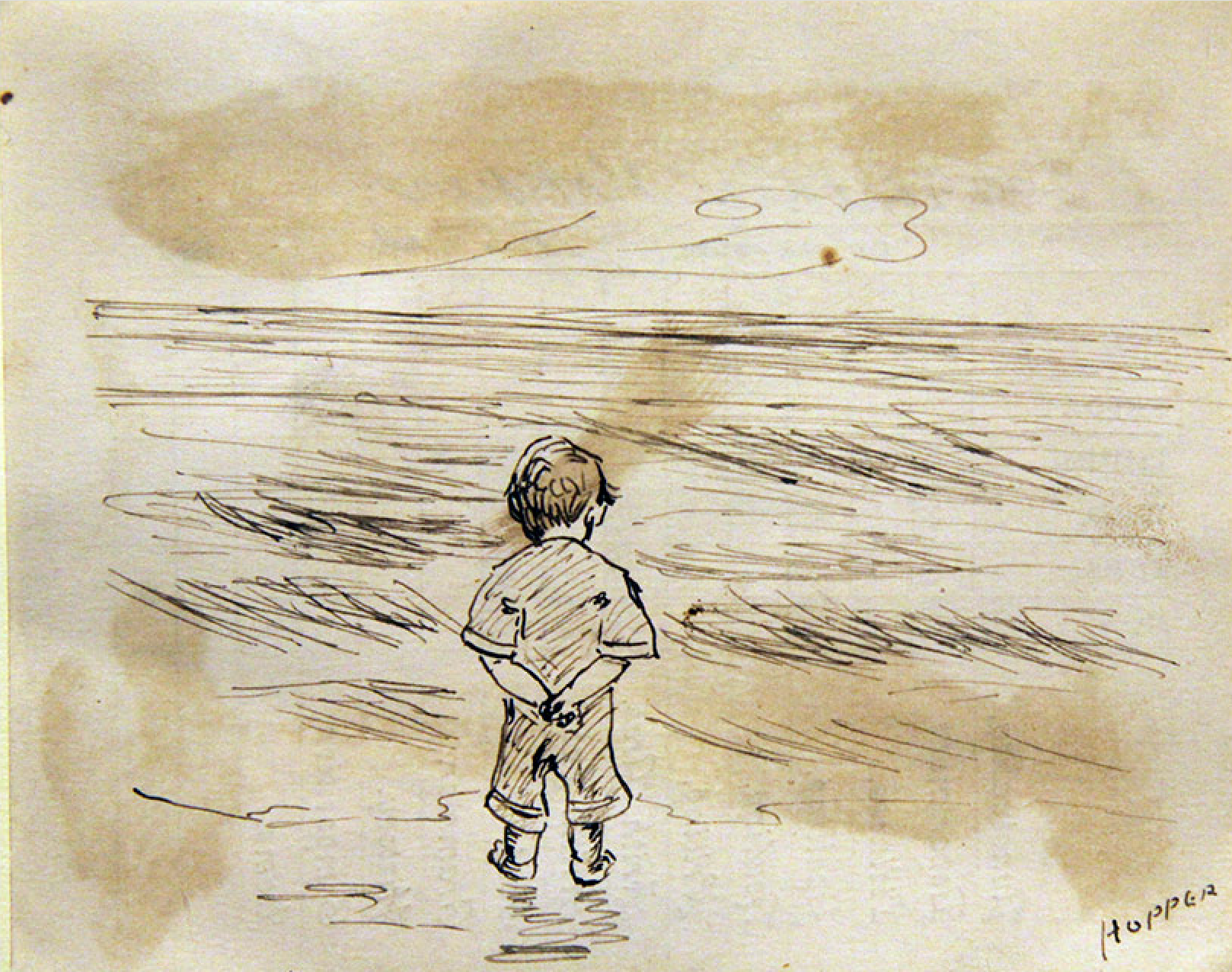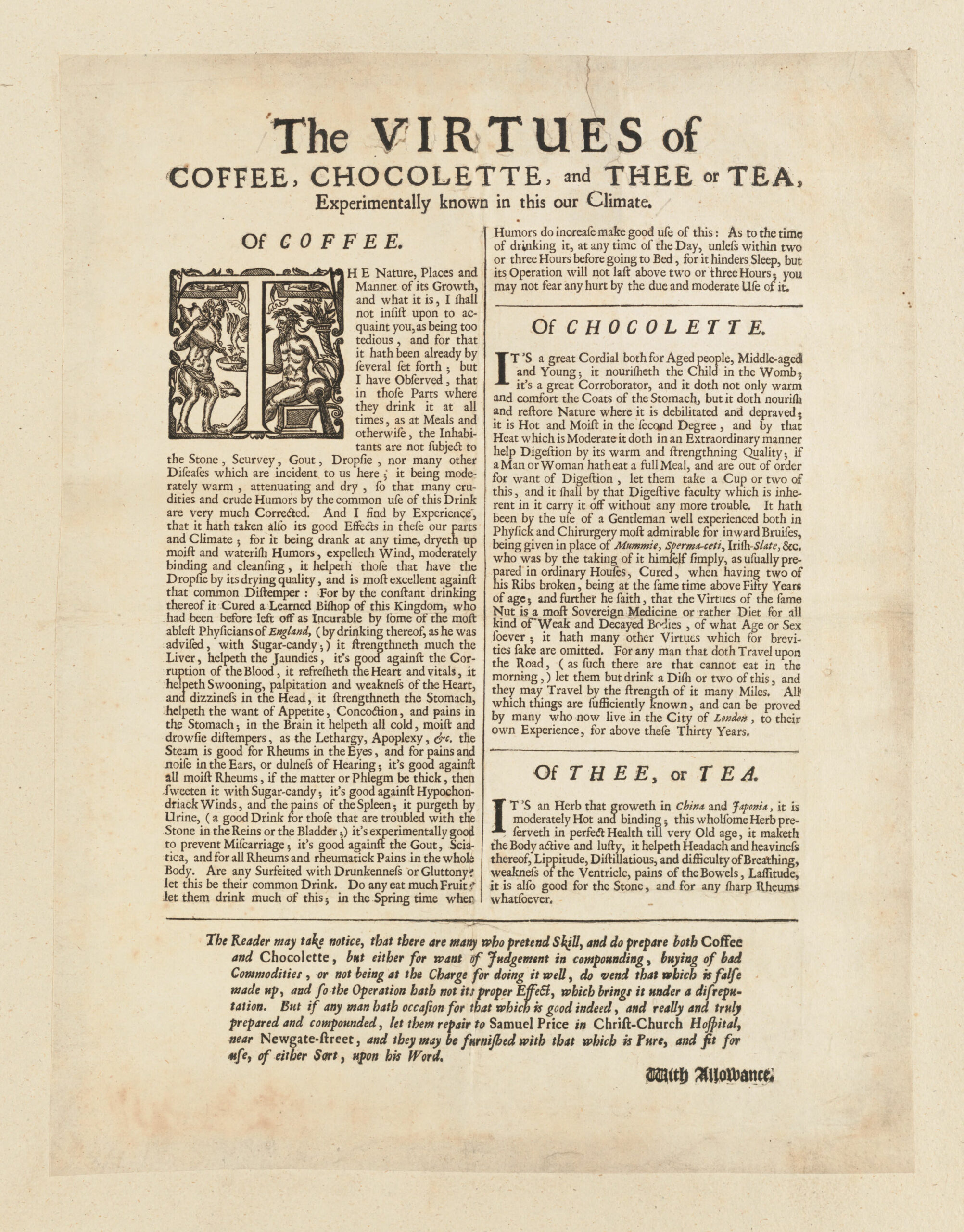Robert Waldinger works as a part-time professor of psychiatry at Harvard Medical School, but he also describes himself as a “Zen master.” This may strike some listeners as a presumptuous claim, but he has indeed been officially accepted as a rōshi in two different Zen lineages in the West. With one foot in psychiatry and the other in Buddhism, Waldinger (previously featured here on Open Culture for his work on happiness and loneliness) is well-placed to explain the latter in terms amenable to the former. In the Big Think video above, he breaks the ancient religion — or mindset, or way of being, or whatever one prefers to call it — into six distinct concepts: impermanence, noble truths, mindfulness, attachment, loving kindness, and beginner’s mind.
If you’ve felt any curiosity about Zen Buddhism and pursued it online in recent years, the term mindfulness will be familiar to the point of cliché. Waldinger personally defines it as “paying attention in the present moment without judgment.” You can work on your mindfulness right now, he explains, “by simply paying attention to whatever stimuli are reaching you. It might be your heartbeat, it might be your breath, it might be the sound of the fan in the room — anything — and simply letting yourself be open and receive whatever is here right now.” This can help us put into perspective the next concept, attachment, or our feeling “that the world be a certain way,” which causes no amount of our dissatisfaction and even suffering.
All of these ideas are much expanded on in primary and secondary Buddhist texts, which any enthusiast can spend a lifetime reading. My own interest was first piqued by a popular 1970 volume called Zen Mind, Beginner’s Mind, a compilation of talks by a famous rōshi called Shunryū Suzuki Waldinger references Suzuki’s work in the final section of this video, and specifically his observation that “in the beginner’s mind, there are many possibilities. In the expert’s mind, there are few.” In Waldinger’s own experience, “the older I get, and the more people call me an expert, the more aware I am of how little I know.” True mastery lies in the awareness not of the knowledge we have, but the knowledge we don’t.
Related:
Buddhism 101: A Short Introductory Lecture by Jorge Luis Borges
How Loneliness Is Killing Us: A Primer from Harvard Psychiatrist & Zen Priest Robert Waldinger
What Is a Zen Koan? An Animated Introduction to Eastern Philosophical Thought Experiments
The Wisdom of Alan Watts in Four Thought-Provoking Animations
What Are the Keys to Happiness? Lessons from a 75-Year-Long Harvard Study
The Zen of Bill Murray: I Want to Be “Really Here, Really in It, Really Alive in the Moment”
Based in Seoul, Colin Marshall writes and broadcasts on cities, language, and culture. His projects include the Substack newsletter Books on Cities and the book The Stateless City: a Walk through 21st-Century Los Angeles. Follow him on Twitter at @colinmarshall or on Facebook.









